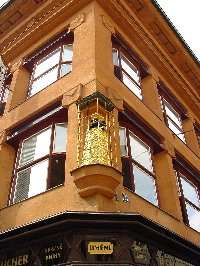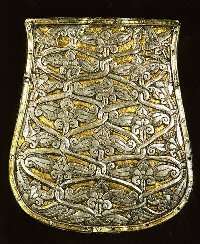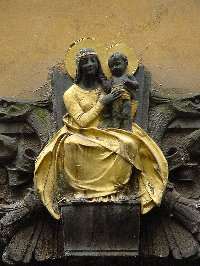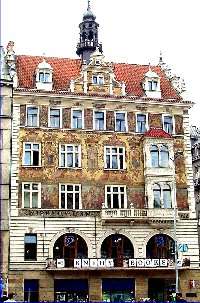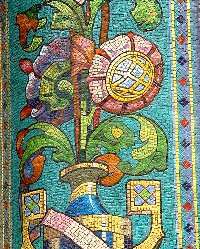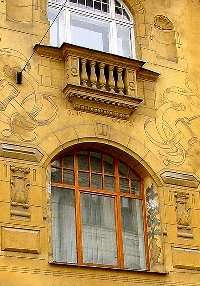Humanities, East Campus
|
Terezin and Music in Prague Traveling to Budapest and Prague with my colleagues was amazing and unforgettable. We were each able to focus on our own teaching specialties within our disciplines, and our resulting research and teaching projects formed a beautiful tapestry of Hungarian and Czech culture. My own project focused on the thriving cultural life that existed in the Jewish section of Prague before the Nazi occupation and the deportation of these artists, writers, and composers to Terezin, a prison turned ghetto outside of Prague. While touring Terezin, we saw an exhibit focusing on art produced within its walls, and a museum in Prague exhibited children’s art from Terezin. 15,000 children passed through Terezin; only 100 of them lived. My project also integrated the history of the children’s opera Brundibar, whose composer, Hans Krasa, was also deported to Terezin. The words of another Czech composer at Terezin, Viktor Ullman, provided a theme for my project, “Our endeavor with respect to Art was commensurate with our will to live.” When I think of Prague, I think of music. For the first time in my life, I experienced museums dedicated to composers. I explored the Mozart Museum at Bertramka and the Smetana Museum. And, I believe that I won the prize out of our group for most concerts attended! Without a doubt, the most thrilling performance was Don Giovanni performed at the Estates Theatre, where Mozart debuted it (and where the gorgeous opera scenes from Amadeus were filmed)! I also enjoyed performances of The Magic Flute and Mozart’s Requiem performed outside in the courtyard of a castle. The performance of Vivaldi’s Four Seasons in the atrium of a government building still resonates in my memory. In both Prague and Budapest, street musicians were a plenty, and folk music and dancing embodied the incredible spirit of these cultures. |





